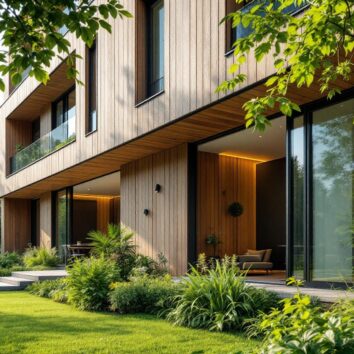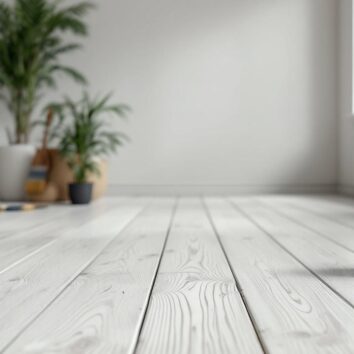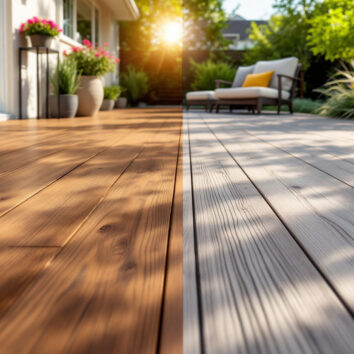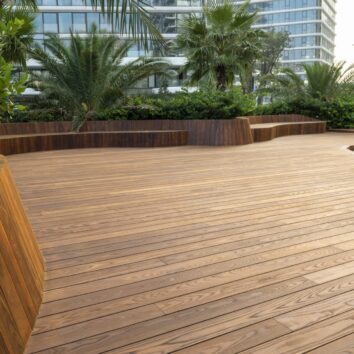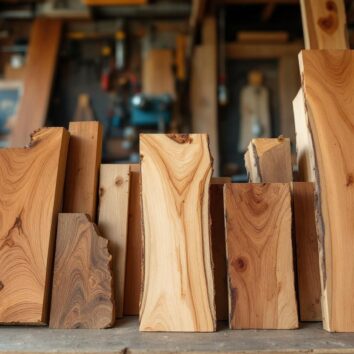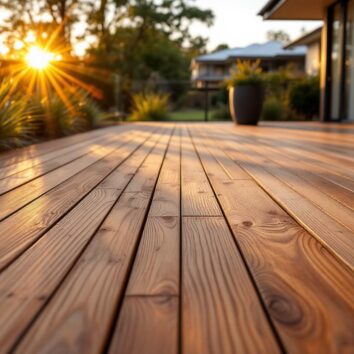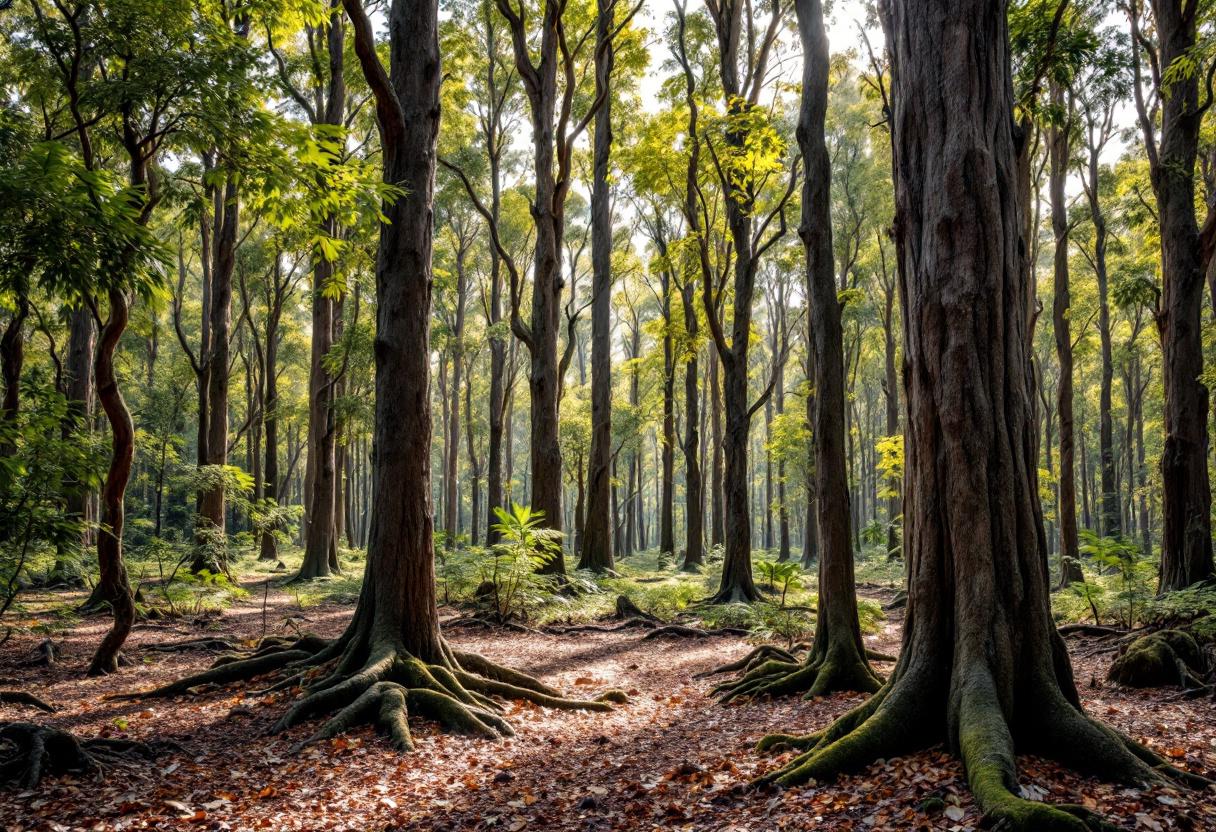
Blackbutt, a native Australian hardwood, is gaining popularity for its versatility and sustainability. Known for its strength and durability, this timber is not only aesthetically pleasing but also environmentally friendly. In this article, we will delve into the various uses of Blackbutt, its benefits, and its role in sustainable practices.
What is Blackbutt?
Blackbutt (Eucalyptus pilularis) is a species of eucalyptus tree that is predominantly found in the eastern regions of Australia. It thrives in coastal and sub-coastal areas, particularly in New South Wales and Queensland. Characterized by its tall stature and distinctive bark, Blackbutt trees can reach heights of up to 50 meters, making them a significant part of the Australian landscape.
The timber derived from Blackbutt is known for its light golden to pale brown color, which can darken over time. Its fine grain and smooth texture make it an attractive option for various applications, from construction to furniture making.
In addition to its aesthetic appeal, Blackbutt timber is also prized for its durability and resistance to fire and termites, making it an excellent choice for outdoor projects and structural applications. This resilience is particularly important in Australia, where bushfires are a common threat. The wood's natural properties allow it to withstand harsh environmental conditions, ensuring longevity and reducing the need for frequent replacements.
Ecologically, Blackbutt trees play a vital role in their native habitats. They provide essential food and shelter for a variety of wildlife, including koalas, which are known to feed on the leaves of eucalyptus trees. The presence of Blackbutt forests contributes to biodiversity, supporting numerous bird species and insects that thrive in these ecosystems. Furthermore, these trees are often a part of larger forest communities, helping to stabilize soil and prevent erosion, which is crucial in maintaining the health of the Australian landscape.
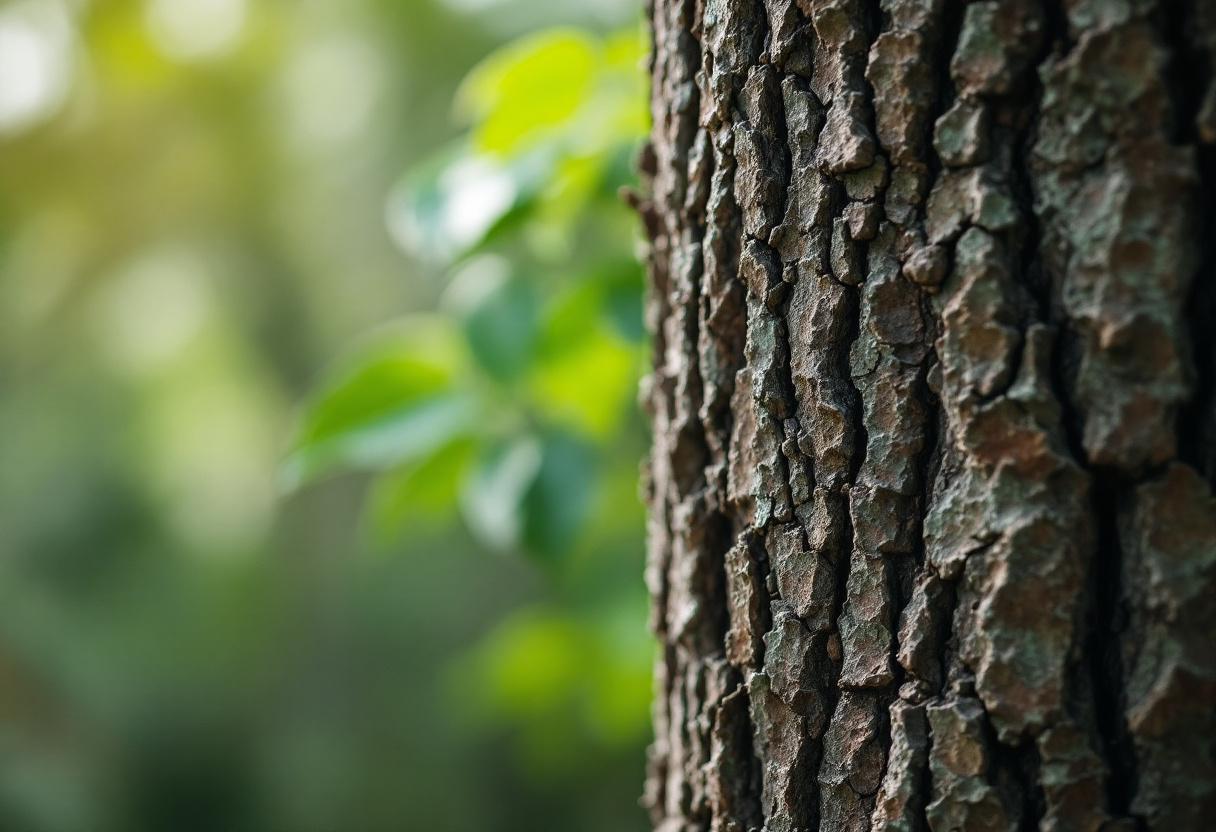
Uses of Blackbutt
Construction and Structural Applications
One of the primary uses of Blackbutt is in construction. Its strength and durability make it an ideal choice for structural applications, including beams, flooring, and decking. Builders often prefer Blackbutt for its ability to withstand the elements, making it suitable for both indoor and outdoor projects, such as blackbutt flooring.
In addition to its structural benefits, Blackbutt has a natural resistance to fire and termites, further enhancing its appeal for construction purposes. This resilience ensures that structures built with Blackbutt can endure harsh Australian climates, providing longevity and safety.
Furniture and Interior Design
Beyond construction, Blackbutt is a favored material in the furniture industry. Its warm tones and attractive grain patterns make it a popular choice for creating high-quality furniture pieces, such as tables, chairs, and cabinetry. The versatility of Blackbutt allows it to complement various interior styles, from contemporary to traditional.
Moreover, Blackbutt can be easily finished with oils or varnishes, enhancing its natural beauty while providing additional protection. This adaptability makes it a sought-after option for interior designers looking to create stunning and functional spaces.
Joinery and Cabinetry
Blackbutt is also widely used in joinery and cabinetry due to its workability and aesthetic appeal. Carpenters appreciate its ease of machining, allowing for intricate designs and detailed finishes. Whether it’s for kitchen cabinets, custom shelving, or decorative elements, Blackbutt adds a touch of elegance to any project.
The durability of Blackbutt ensures that joinery and cabinetry made from this timber can withstand daily wear and tear, making it a practical choice for both residential and commercial applications.
Benefits of Blackbutt
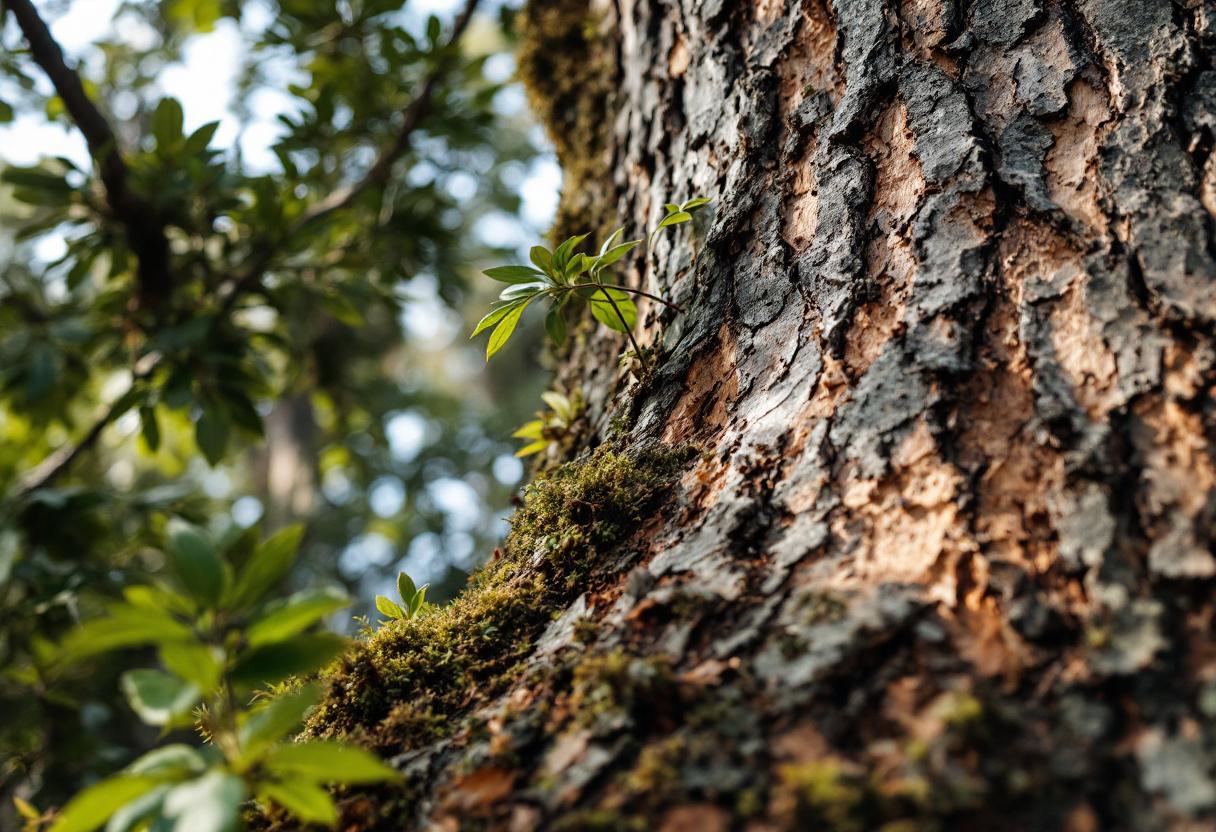
Durability and Longevity
One of the standout benefits of Blackbutt is its exceptional durability. This hardwood is known for its ability to resist wear, making it ideal for high-traffic areas. Whether used in flooring or outdoor decking, Blackbutt can last for decades with proper care and maintenance.
Additionally, its natural resistance to pests, including termites, reduces the need for chemical treatments, making it a safer option for families and the environment. This longevity not only provides value for money but also contributes to sustainability by minimizing the need for replacements.
Environmental Sustainability
Blackbutt is often sourced from sustainably managed forests, ensuring that its use does not contribute to deforestation or habitat loss. Many timber suppliers adhere to strict environmental guidelines, promoting responsible harvesting practices that protect the ecosystem.
Choosing Blackbutt also supports local economies, as it is often harvested and processed in Australia. By opting for locally sourced timber, consumers can reduce their carbon footprint and support sustainable practices within the community.
Aesthetic Appeal
The natural beauty of Blackbutt is another significant benefit. Its warm hues and unique grain patterns make it an attractive choice for various applications. Whether used in flooring, furniture, or decorative elements, Blackbutt adds a touch of elegance and sophistication to any space.
Furthermore, the versatility of Blackbutt allows it to be stained or finished in different ways, enhancing its aesthetic appeal while maintaining its natural character. This adaptability makes it a favorite among architects and designers alike.
Sustainability Practices in Blackbutt Production
Responsible Sourcing
As awareness of environmental issues grows, the timber industry has made significant strides toward sustainability. Responsible sourcing of Blackbutt involves ensuring that the timber is harvested from well-managed forests. Certification programs, such as the Forest Stewardship Council (FSC), help consumers identify sustainably sourced products.
By choosing certified Blackbutt, consumers can feel confident that their purchase supports sustainable forestry practices. This not only protects the environment but also promotes biodiversity and helps combat climate change.
Recycling and Reusing Blackbutt
Another aspect of sustainability is the recycling and reuse of Blackbutt timber. Salvaged Blackbutt from old buildings or furniture can be repurposed for new projects, reducing waste and minimizing the demand for new timber. This practice not only conserves resources but also adds character and history to new creations.
Local artisans and craftsmen often take advantage of reclaimed Blackbutt, creating unique pieces that tell a story while contributing to a circular economy. This approach aligns with the growing trend of sustainable living, appealing to environmentally conscious consumers.
Community Engagement and Education
Engaging local communities in sustainable practices is essential for the future of Blackbutt production. Educational programs that promote responsible forestry and timber usage can empower individuals to make informed choices. By fostering a culture of sustainability, communities can work together to protect their natural resources.
Workshops and initiatives that focus on the benefits of using sustainable timber, such as Blackbutt, can inspire consumers to choose eco-friendly options. This collective effort can lead to a more sustainable future for both the timber industry and the environment.
Blackbutt is a remarkable timber that offers a range of uses, benefits, and sustainability practices. Its durability, aesthetic appeal, and environmental credentials make it a top choice for builders, designers, and consumers alike. By choosing Blackbutt, individuals can support sustainable forestry practices while enhancing their living spaces with this beautiful Australian hardwood.
As the demand for eco-friendly materials continues to rise, Blackbutt stands out as a prime example of how local resources can be utilized responsibly. Embracing Blackbutt not only contributes to personal projects but also supports the broader goal of sustainability in the timber industry. For a comprehensive selection of Blackbutt and other timber products, contact Pine Timber Products to request a quote or explore their offerings.





































